Adopting a pet can be daunting, and there are many questions when deciding what kind of pet is right for you and your family.
Am I going to be able to provide the right environment for this pet?
Will I enjoy having this kind of pet?
Does my lifestyle fit the needs of this animal?
These are just some of the questions that arise during the adoption process. If you’re nervous about adopting a large animal, think about welcoming a small animal into your family! Small animals can be a great “starter” pet, as they often require less space and can be easier to care for than a cat or a dog. Yet, these smaller companions still provide the positive benefits being a pet owner. In this post, we discuss a few popular choices for small pets.

Guinea Pigs
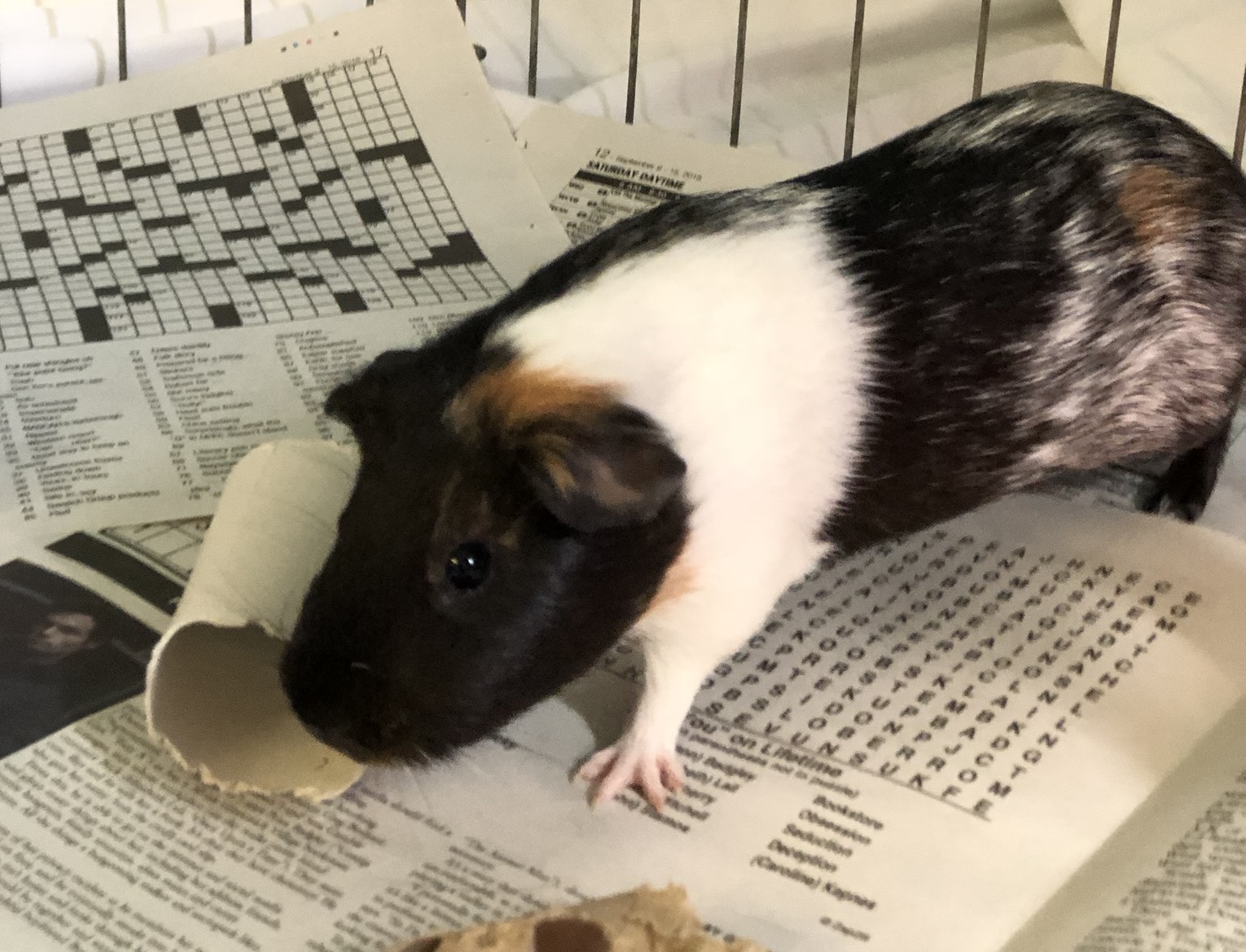
Compared to other small critters, guinea pigs are relatively large pets. They can grow to weigh around 2.5 pounds, which is massive when compared to a gerbil (who tend to weigh a couple ounces). However, their larger size and gentle nature makes guinea pigs easier to hold and handle.
Guinea pigs are more expressive than smaller rodents, so once you get to know your pet, you’ll be able to detect changes in its moods. Though they have poor eyesight, guinea pigs have incredible senses of smell and hearing. They are very vocal animals, and will squeak and squeal with delight when they hear you approaching or preparing them treats!
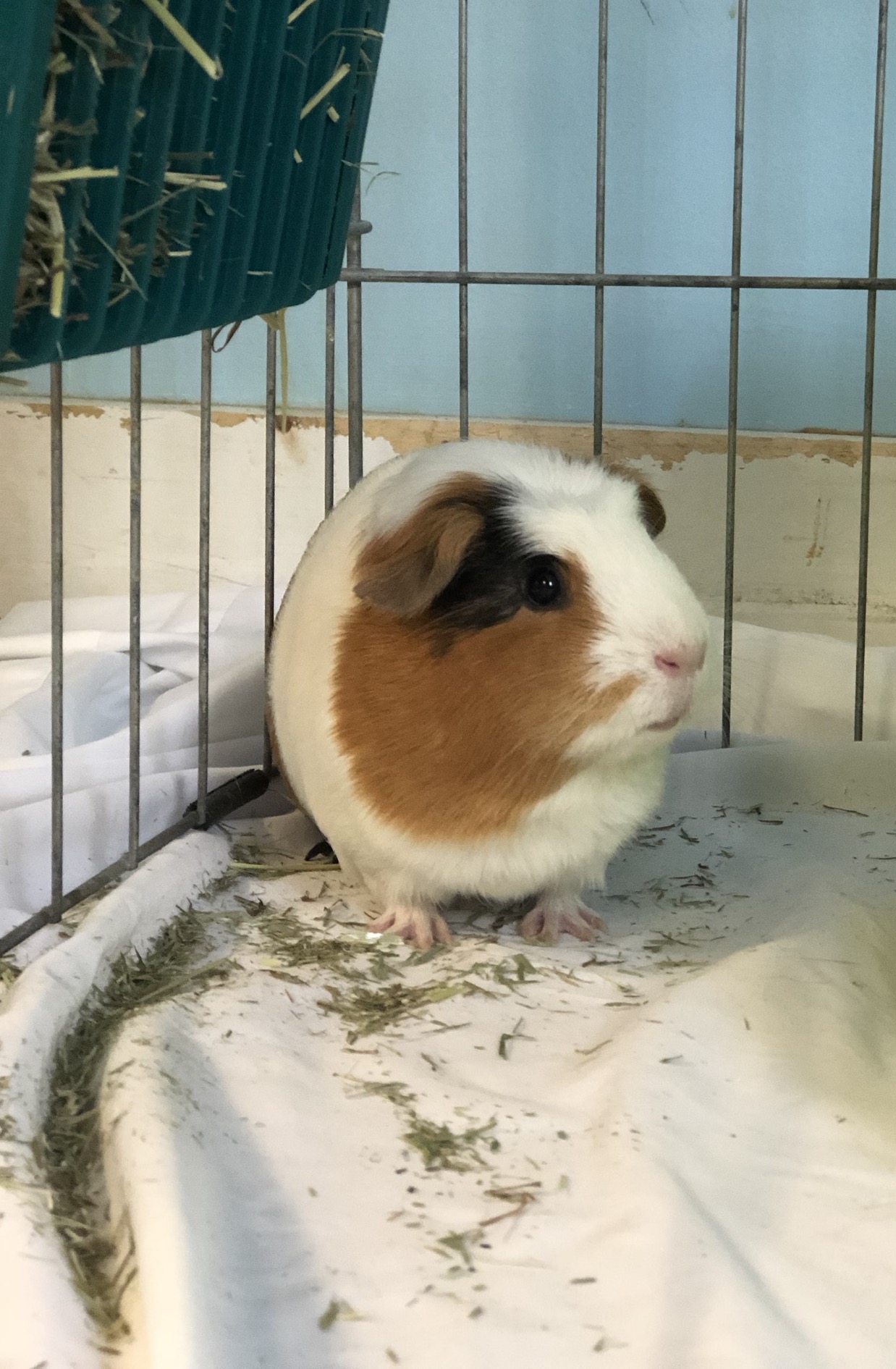
These cuddly companions are very social animals, and prefer to live in small herds. Ideally, guinea pigs should at least be kept in pairs, as solo guinea pigs tend to become lonely. Guinea pigs are active animals, and will need a larger cage to run around in. They also like having pipes and small boxes to play with. In the wild, guinea pigs are native to the plains of South America, so they enjoy exploring the outdoors. We recommend getting an enclosure that allows these pets to venture outside occasionally.
Gerbils
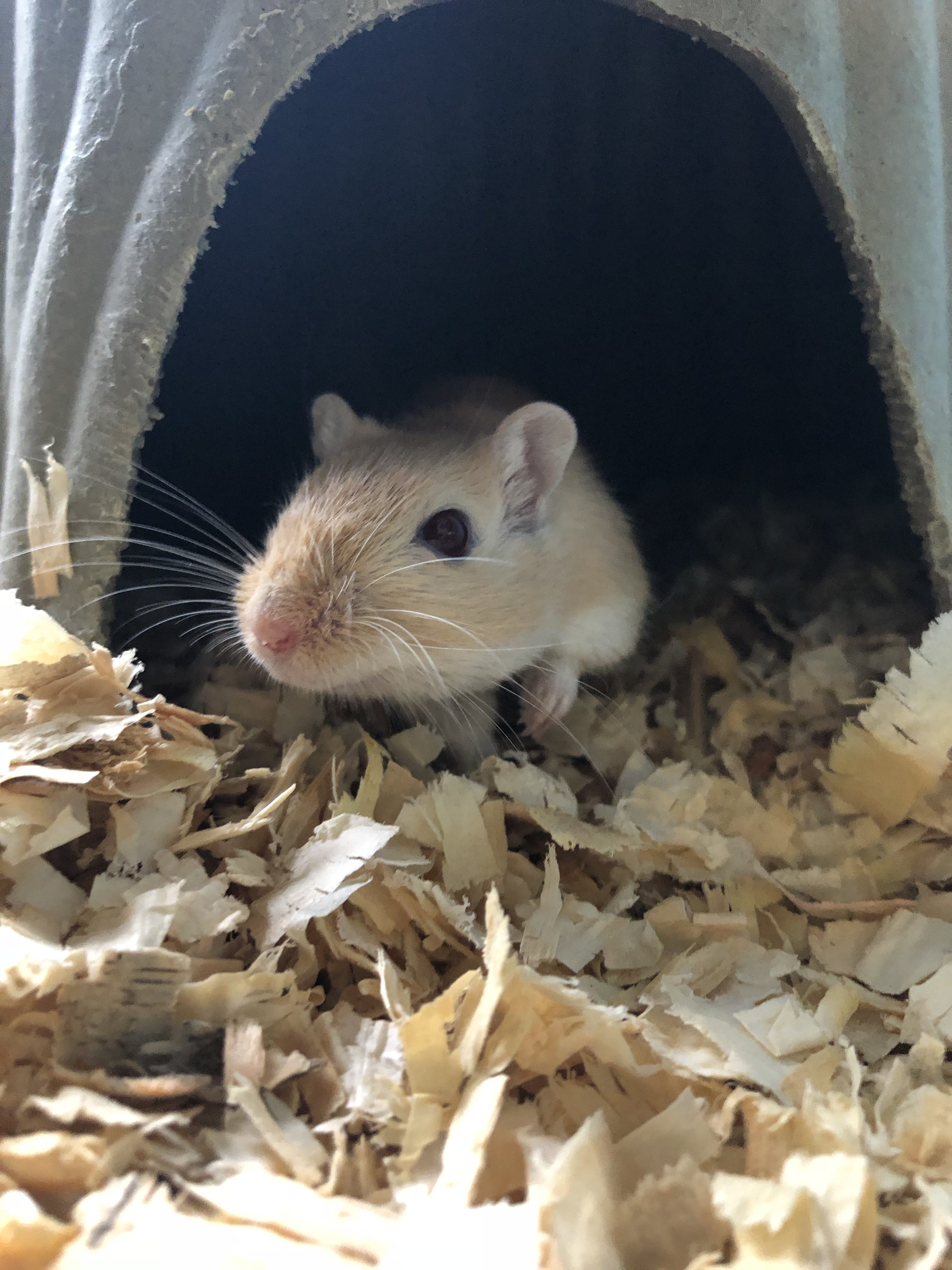
These teensy rodent companions are often lumped together with hamsters, but they are, in fact, very different animals. Physically, gerbils tend to be smaller than hamsters, and they have a long tail that distinguishes them. One of the main differences you’ll notice as a pet owner is that gerbils are not nocturnal animals, whereas hamsters are. Gerbils will be active and awake during the same hours that humans are, which makes them more interactive pets.
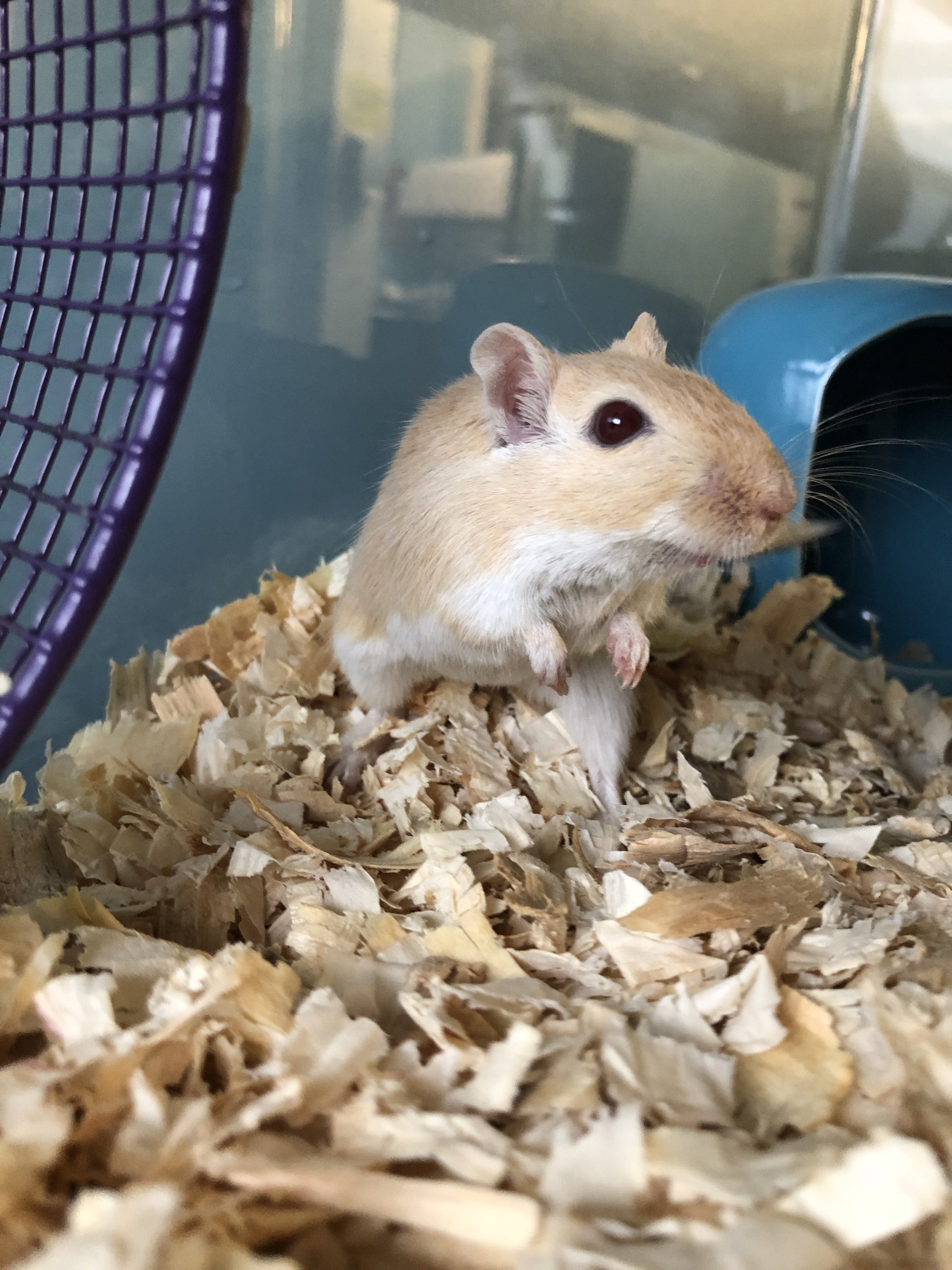
Being so tiny, gerbils don’t require a very large cage. They are masters of escape, however, and will require an aquarium-style enclosure, as they are known to squeeze out of wire cages. Gerbils are independent, and can keep themselves entertained for extended periods of time, especially with a couple of toys. Because they are very social animals, it’s not a bad idea for gerbils to live in pairs or groups, though it is not necessary.
Mice
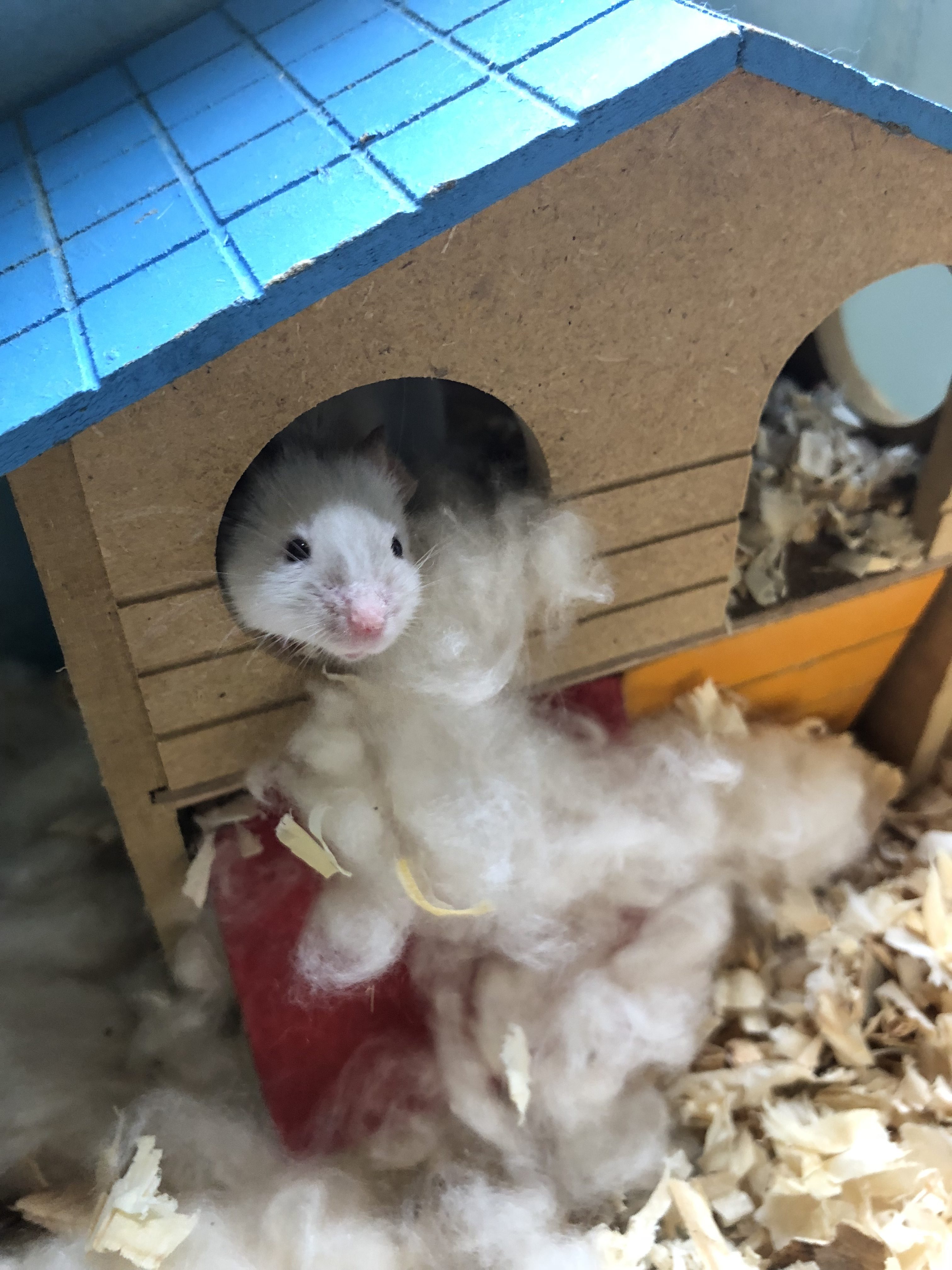
Much like gerbils, mice are tiny, adorable creatures. They are a popular small pet choice not only for their cuteness, but because they are entertaining to watch. Mice are active and playful, and can spend all day zooming about their cage, crawling through tunnels, and even climbing ropes. Because they are so agile, mice require an aquarium-style enclosure to reduce their risk of escape.
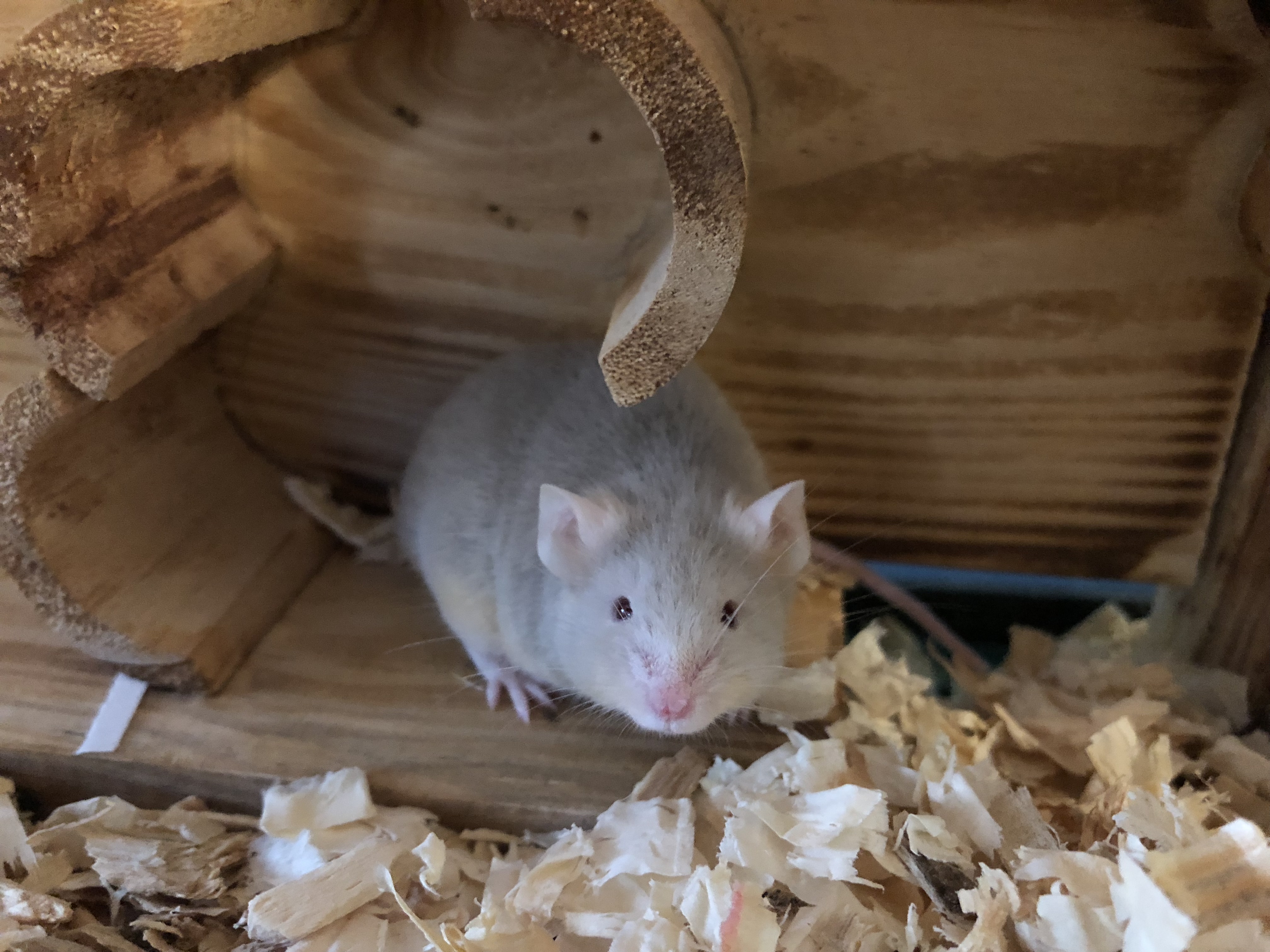
Mice can be difficult to handle, as they’re curious creatures more interested in exploring their surroundings than sitting still. It can also be difficult for young children to handle mice because they are small sized and squirmy nature. However, a pet mouse should be handled and socialized daily to maintain its happiness. Mice are quite social, and do well when living in pairs or groups. Two female mice are the easiest match, but two male mice, if they are from the same litter, can also work (it’s best to avoid a male and female pair…unless you want lots of baby mice!). These tiny pets will be most active in the evening and at night, and tend to be more relaxed during the day.
Parrots
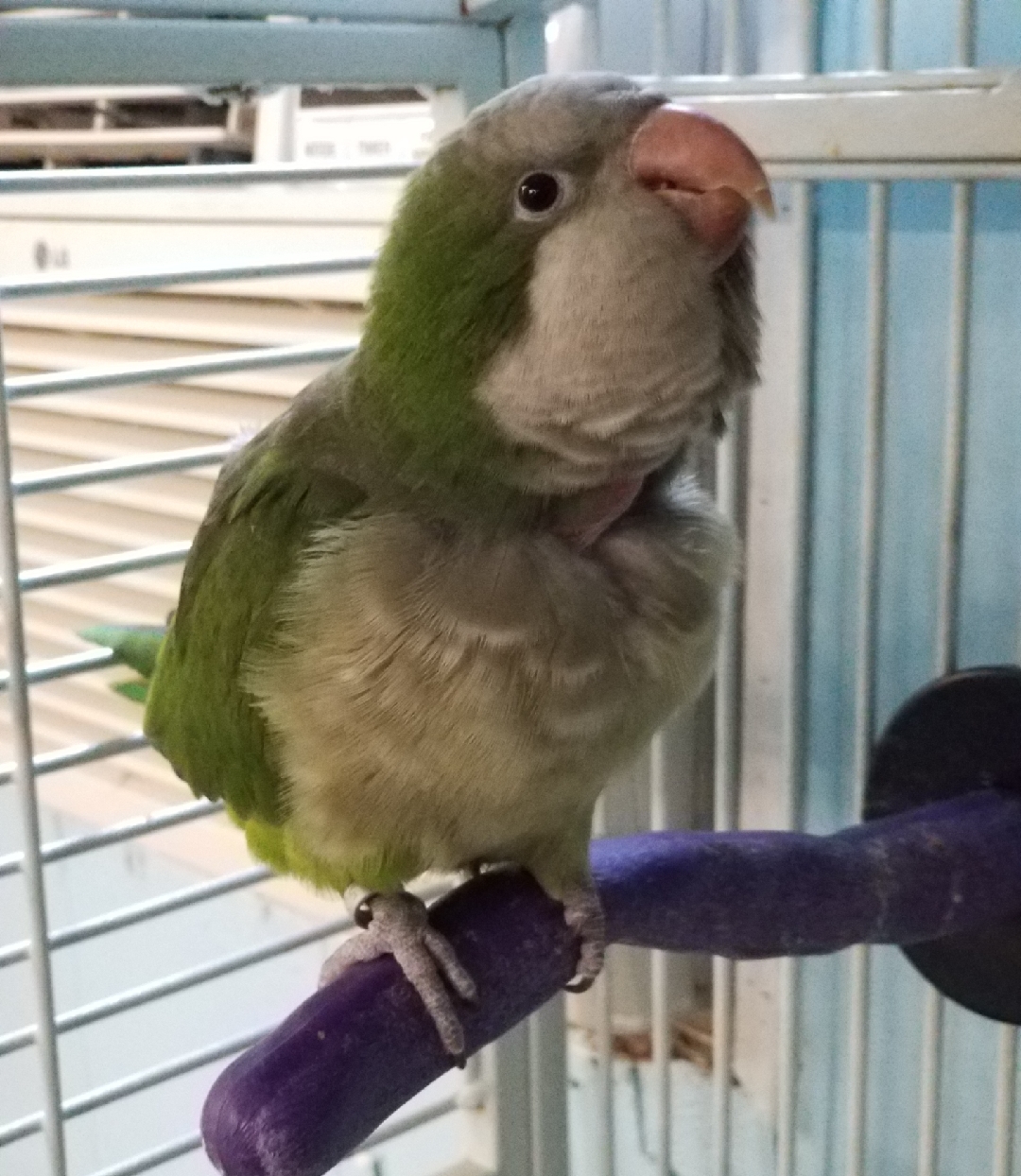
Okay, so not all parrots can truly be considered “small animals,” but there are breeds of small and medium-sized parrots that make lively, intelligent companions. Parrots come in a wide variety of sizes, colors, and breeds. Many of these feathered friends have a knack for imitating sounds, especially human speech. It’s not surprising when a pet parrot begins to echo your most commonly used phrases. Many birds tend to enjoy learning new sounds and speech, so an owner must be willing to interact with them often.
When adopting a pet bird, be aware that they require relatively large cages. A parrot should have enough room to fly short distances in its cage, which sometimes means this “cage” is an entire room. A parrot’s cage also must be cleaned more often than those of other small animals.
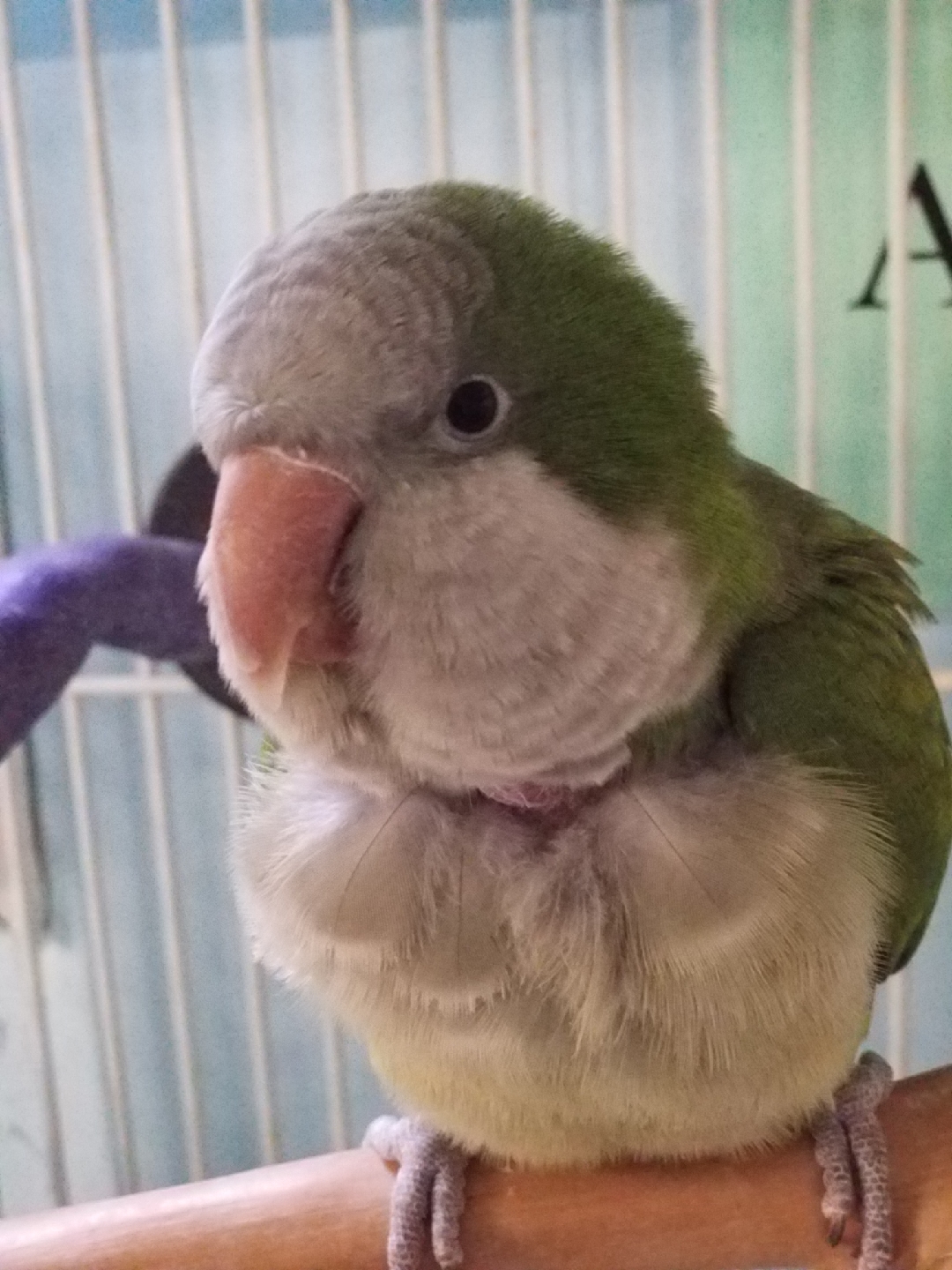
Parrots have fun, engaging personalities. They can be humorous and mischievous, providing hours of entertainment. Parrots enjoy human interaction, as well as playing with toys. Keep in mind that birds are quite vocal, and should go to a home where their chirping is encouraged or admired, and not where it could disturb neighbors or other pets. Most importantly, these interactive companions are a long-term commitment, as they can live to be almost 80 years old.
Rats
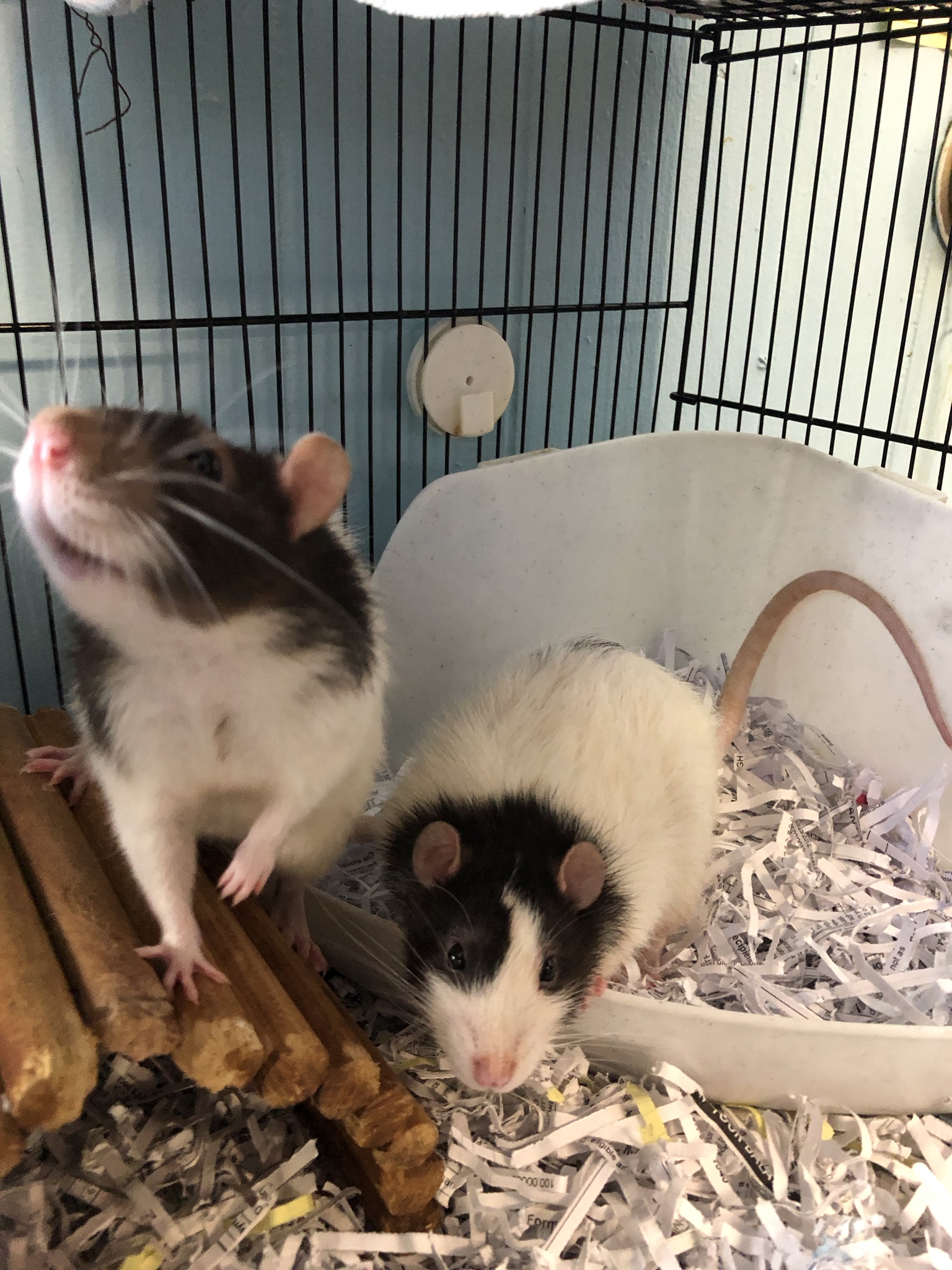
Many people cringe at the thought of rats, but they make great pets! They are social, active, and intelligent creatures that enjoy interacting with humans and their own kind alike. Because they tend to be friendly and highly social, a pet rat should be handled and interacted with at least once a day. Loneliness is common in rats, and can lead to depression that shortens their lifespan, so they should be kept in pairs or groups. Human interaction is important, but it isn’t always enough to fill a rats’ demanding social calendar.
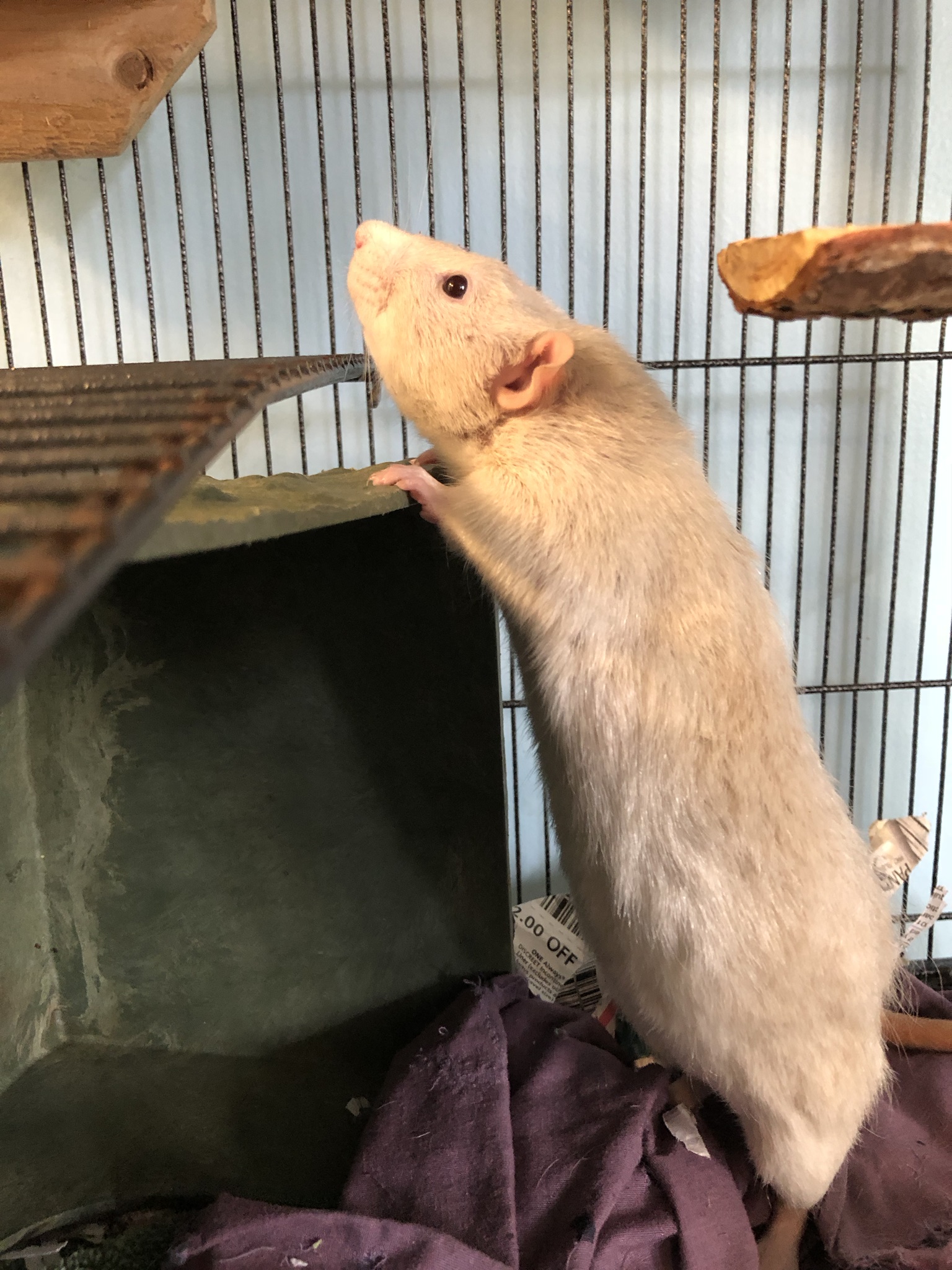
Additionally, these inquisitive creatures require room to explore. Their cages should be a bit large, and have multiple levels that they can climb, as well as various huts or hammocks to hide and sleep in. Like mice, rats are most active in the evening and at night, making their best time for socializing in the late afternoon or early evening. A recent study also found that pet rats, when properly socialized, make kids the happiest when compared to other pets. However, many adult rat owners will tell you they find just as much satisfaction with their own pet rats as their younger counterparts.
There is a significant commitment in the adoption of any animal, large or small, as you’re promising to take a living being’s life into your hands and care for it properly. Small animals are not a smaller commitment than large animals. However, small animals often take up less space, are easier to clean up after, and cheaper to care for than many larger pets. If you’re ready to take care of a pet, but the idea of a cat or dog is daunting, try a small animal on for size! We often have plenty adoptable small animals in our care at CVHS, and they would love to meet you!
The photos included in this post are all adorable small animals that are currently available for adoption at the shelter. Learn more about adopting a pet here.
